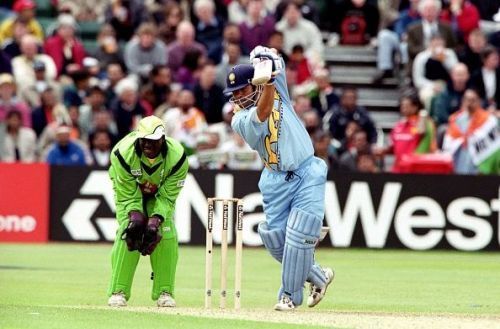
Teamwork at its finest: Highest Indian partnership for each wicket in ODIs
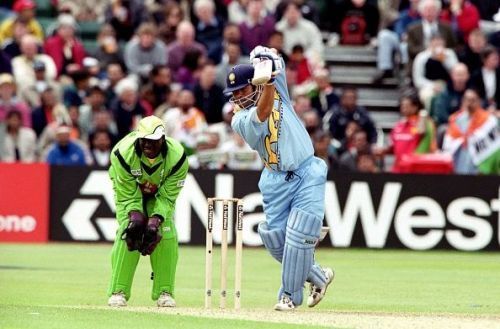
India has produced some of the greatest batsmen to have graced the game of cricket. Players like Sachin Tendulkar, Sourav Ganguly, Rahul Dravid and Sunil Gavaskar, among others, scripted many memorable wins with the bat in hand.
The success of these stars, however, would not have been possible if they had not worked with their teammates to wear out the opposition bowlers. There are few sights in cricket better than watching two batsmen complement each other and pile on the runs to take their team to safety.
Over the years there have been numerous partnerships which have single-handedly brought about wins for India. In this article, we take a look at the highest wicket-wise partnerships for India in ODI cricket.
1st wicket - 258 runs (Sourav Ganguly - Sachin Tendulkar) vs Kenya, Paarl 2001
One of the most successful opening pairs in ODI history, Sachin Tendulkar and Sourav Ganguly put up a massive 258-run stand for the first wicket against Kenya in 2001.
It was the ninth and final league stage encounter of the Standard Bank Triangular Tournament that was held in South Africa in 2001, and India needed a win to make the summit clash. They had lost to the same opponents a week earlier, and were under immense pressure to win this game.
The duo of Tendulkar and Ganguly laid the foundation with a mesmerizing partnership that was defined by some gorgeous cover drives and square cuts. They calmly navigated through the first 10 overs before going up a gear or two.
The pair brought up their 16th century partnership in quick time, overtaking Gordon Greenidge and Desmond Haynes' record of 15 100-run partnerships. They raised their 200-run stand in the 35th over and soon after that crossed the then highest partnership for the opening wicket (252), set by the same duo back in 1998 v Sri Lanka.
Their mammoth partnership - still the third-highest partnership across all wickets for India in an ODI match - allowed Virender Sehwag to attack in the last five overs. Sehwag made a 23-ball 55* which helped India post a mammoth 351/3 on the board.
The target proved to be too high for the Kenyan side, who could eventually manage just 165/5 from 50 overs. India celebrated a huge 186-run win, but lost in the final of the competition.
2nd wicket - 331 runs (Sachin Tendulkar - Rahul Dravid) vs New Zealand, Hyderabad 1999
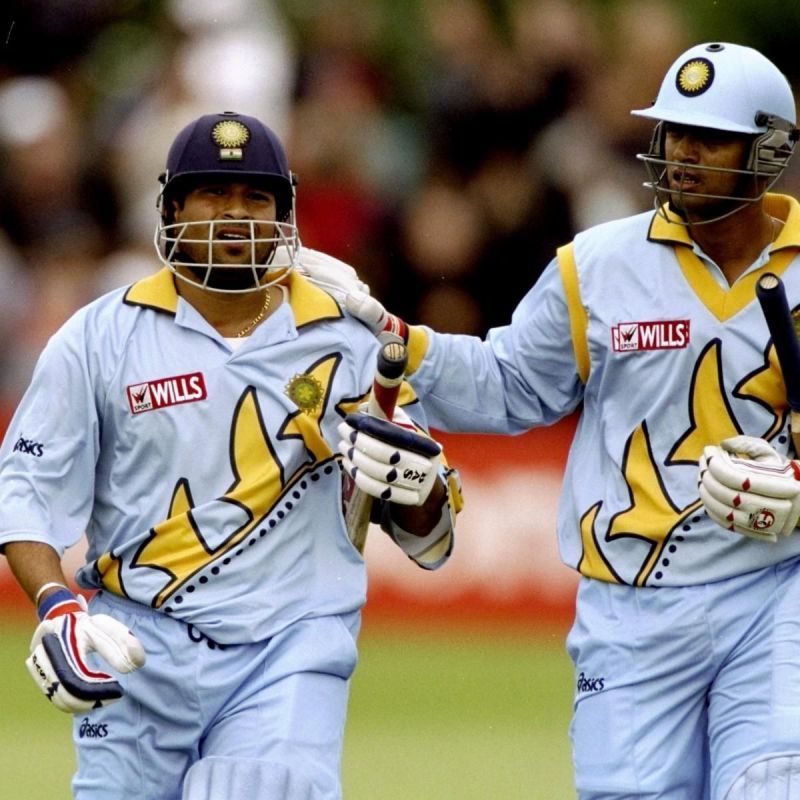
After losing the high-scoring first ODI of the series, India took on New Zealand in the second match desperate to level the series. Indian skipper Sachin Tendulkar won the toss and opted to bat, but Sourav Ganguly fell in only the second over.
Tendulkar, however, recovered well after a tentative start and went on to play possibly the best ODI innings of his career until then. Along with Rahul Dravid, the Master Blaster toyed with the bowling attack and helped India post 376/2.
Tendulkar was in fine rhythm as he took apart the bowling attack right from the start. Dravid meanwhile kicked on after an iffy start, and played the role of anchor to perfection.
The Mumbaikar finished with a 150-ball 186*, aided by three sixes and 20 fours, while Dravid scored a run-a-ball 153 laced with 15 fours and two sixes. Tendulkar's tally was the then-fourth highest score in ODIs and the highest by an Indian, surpassing Sourav Ganguly's 183.
The total proved too steep a climb for the visitors, who were bundled out for 202 in 33.1 overs. That gave India the momentum for the rest of the series, which they eventually claimed 3-2.
The 331-run stand was then the highest ever ODI partnership in the world for any wicket. The record was broken several years later by Chris Gayle and Marlon Samuels, who forged a 372-run partnership against Zimbabwe in the 2015 World Cup.
3rd wicket - 237 runs (Sachin Tendulkar - Rahul Dravid) vs Kenya, Bristol 1999
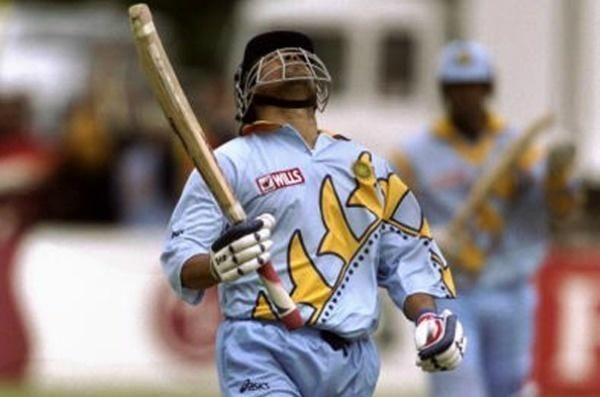
This World Cup league game was a highly emotional one for Sachin Tendulkar, who was returning to the field after performing the last rites of his father. The cricketer had flown to India mid-way through the tournament to pay his respects, but returned to England in time for the game against Kenya.
After defeats in their first two opening encounters - against South Africa and Zimbabwe - the Indians were in desperate need of a win to get their campaign back on track. Against Kenya, they lost their openers with the score reading 92/2 - which brought Tendulkar and Rahul Dravid together again.
The duo put on a memorable effort, with the latter scoring a 109-ball 104* and Tendulkar amassing 140 runs in 101 balls with the help of three sixes and 16 fours. The Master Blaster paced his innings to perfection, accelerating after each landmark.
While he scored the first 50 runs from 54 balls, it took him just 30 balls to score the next 50. India went on to score 329/2, after which Debashish Mohanty picked up figures of 4/56 to help them register a comfortable 94-run win.
4th wicket - 275 runs (Mohammad Azharuddin - Ajay Jadeja) vs Zimbabwe, Cuttack 1998
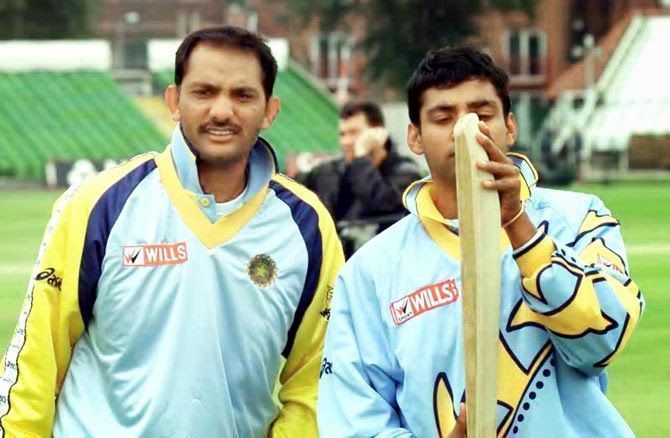
Indian skipper Mohammed Azharuddin and his deputy Ajay Jadeja came together and forged a huge unbeaten partnership of 275 runs in the fifth game of the 1998 Pepsi Triangular Series. The tournament also featured Australia.
Considering it came against a team like Zimbabwe, the record stand - which is still the highest fourth-wicket partnership for any team in ODIs - might not seem like a big deal at first glance. But it was a match-saving effort, as it came after the team had been reduced to 26/3 in less than nine overs.
With the top three back in the hut, the onus was on Azhar and Jadeja to drop anchor and stabilise the innings. The duo first saw off the spells from Heath Streak and Pommie Mbangwa. But once they were settled in, they heavily punished Guy Whittall and Craig Evans.
Azhar and Jadeja scored their runs off just 249 balls, taking India to 301/3 from 50 overs. Despite a fine century from Grant Flower, Zimbabwe folded for 269, bringing about a 32-run win for India.
The Indian skipper was named the player of the match for his 150-ball 153*, while Jadeja's 121-ball 116* is widely regarded as one of his best ever knocks in the 50-over format.
5th wicket - 223 runs (Mohammad Azharuddin - Ajay Jadeja) vs Sri Lanka, Colombo 1997
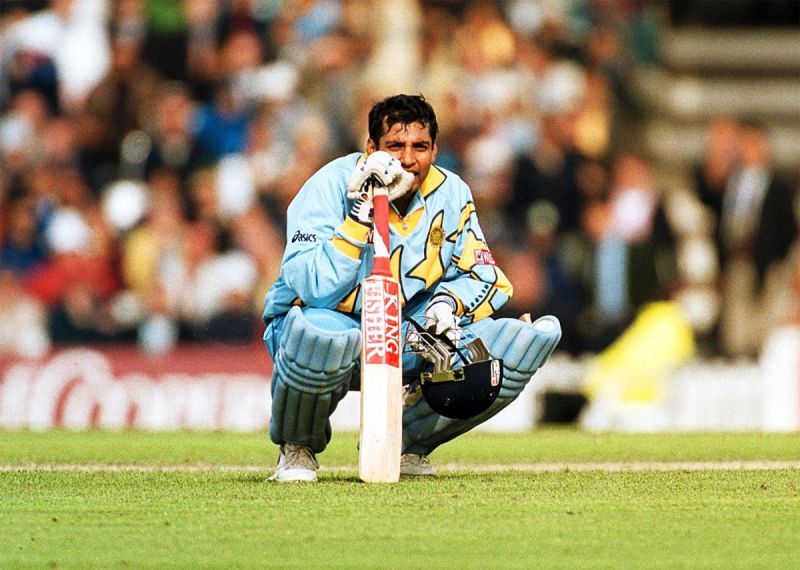
The duo of Mohammad Azharuddin and Ajay Jadeja put up quite a few memorable partnerships for India in the late 90s. And one such effort was the 223-run stand against Sri Lanka in 1997.
After opting to field first, the visitors saw the Sri Lankan batsmen rip apart their bowling attack with disdain; the hosts put up 302/4 from 50 overs. Marvan Atapattu was the wrecker-in-chief for Sri Lanka as he made a 153-ball 118, handing his side the upper hand at the half-way mark.
The Indian run chase got off to a sedate start with the openers Sachin Tendulkar and Sourav Ganguly putting up a 58-run stand. However, Ganguly's wicket gave the hosts an opening which saw them reduce India to 64/4.
Jadeja and Azharuddin then came together and after holding their ground at first, got India back into the game with some fantastic counter-attacking play. The captain scored 111 in 117 deliveries while Jadeja got his highest score in ODI cricket, a 121-ball 119* - before being dismissed with just 16 runs left in the chase.
The Men in Blue were unable to chase down the target after Jadeja’s dismissal, and fell an agonizing two runs short of a well-deserved win.
6th wicket - 160 runs (Ambati Rayudu - Stuart Binny) vs Zimbabwe, Harare 2015
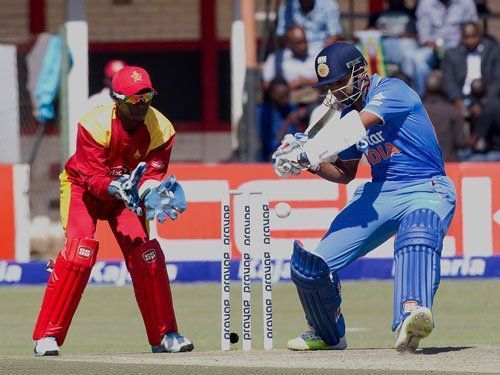
It's no secret that both Ambati Rayudu and Stuart Binny have struggled for success in ODIs. But they still hold the record for the highest sixth-wicket partnership for India in the format.
The feat was achieved during the first ODI of India’s tour of Zimbabwe in 2015, when Ajinkya Rahane led the Indian team in the three-match series.
Despite facing a relatively weak Zimbabwe side, India were in a spot of bother at 87/5 after being sent in to bat first. With Murali Vijay, Manoj Tiwary, Robin Uthappa and Kedar Jadhav all falling for single-digit scores, the team needed a strong partnership to get back in the game.
On a difficult and a sluggish pitch Rahane and Binny applied themselves well, adding 160 runs for the sixth wicket which helped India post 255 runs on the board. Rayudu made a well-composed 133-ball 124 while Binny was dismissed for a 76-ball 77 in the 49th over.
The stand proved to be a crucial one as Zimbabwe fell just short of the target. Despite a century from Elton Chigumbura, India pocketed a thrilling 4-run win.
7th wicket - 125* runs (MS Dhoni - Ravichandran Ashwin) vs Pakistan, Chennai 2012
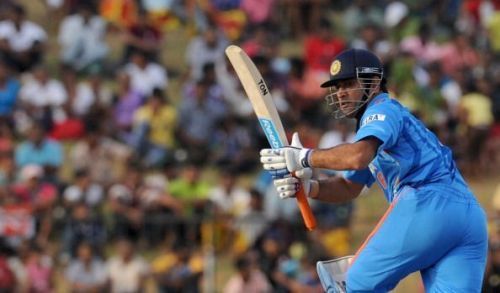
The 2012 bilateral ODI series played between the two nations was a close affair, with the visitors taking the series 2-1. All three games saw some fine cricket on display, with the first one throwing up plenty of memorable moments.
Played at Chepauk, in Chennai, the match saw the hosts get off to the worst possible start as they were reduced to 29/5. Junaid Khan picked up four of the five wickets to fall inside the first 10 overs.
With the side in dire straits, India’s best finisher MS Dhoni was given the task of playing a captain’s knock. He and Suresh Raina steadied the ship with a 73-run partnership, but the dismissal of the left-hander put the team in further trouble.
Ravichandran Ashwin, however, played maturely and combined with the wicket-keeper to help take the team to a score of over 200.
While Dhoni took up the responsibility of playing aggressively, Ashwin remained calm at the other end, acting as the perfect foil. He contributed just 31 runs in the stand of 125, but helped Dhoni put up one of his best international tons.
The crucial partnership meant that India finished at 227. However, the heroic efforts of Dhoni and Ashwin went in vain as Pakistan chased the total down with six wickets to spare.
8th wicket - 100 runs (MS Dhoni - Bhuvneshwar Kumar) vs Sri Lanka, Pallekele 2017
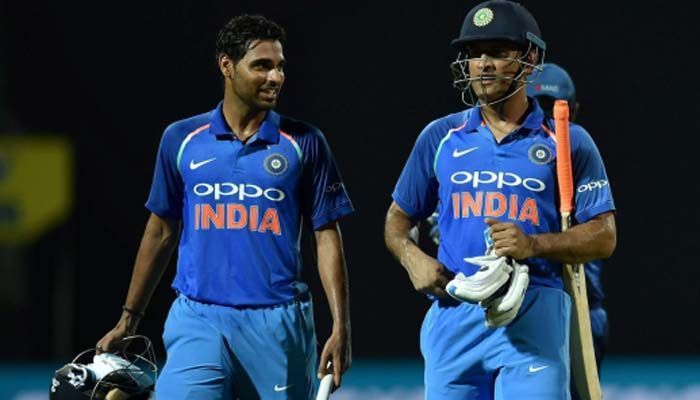
Unlike the game at Chennai against Pakistan, it was MS Dhoni who played a cautious knock in the second ODI against Sri Lanka at Pallekele. His lower-order partner Bhuvneshwar Kumar, meanwhile, took on the bowlers in fine fashion, after the Indian batting order had collapsed yet again.
Chasing 237 for a win, the Men in Blue got off to a brisk start with the openers Shikhar Dhawan and Rohit Sharma piling on 109 for the first wicket. However, once Rohit was sent back for 54, the team went into panic mode and lost their next six wickets for just 22 runs.
At 131/7, it seemed all over for the visitors. But with a calm and composed Dhoni at the other end, Bhuvneshwar managed to play out the threat of Akila Dhananjaya and hand India a mental advantage.
With 25 runs required off the last six overs, Bhuvneshwar took the attack to Dushmantha Chameera; he struck a couple of fours and brought up his fifty off 77 balls. The duo wrapped up the chase in the 45th over as India celebrated a well-earned victory on the back of a 100-run partnership between the two.
9th wicket - 126* runs (Kapil Dev - Syed Kirmani) vs Zimbabwe, Tunbridge Wells 1983
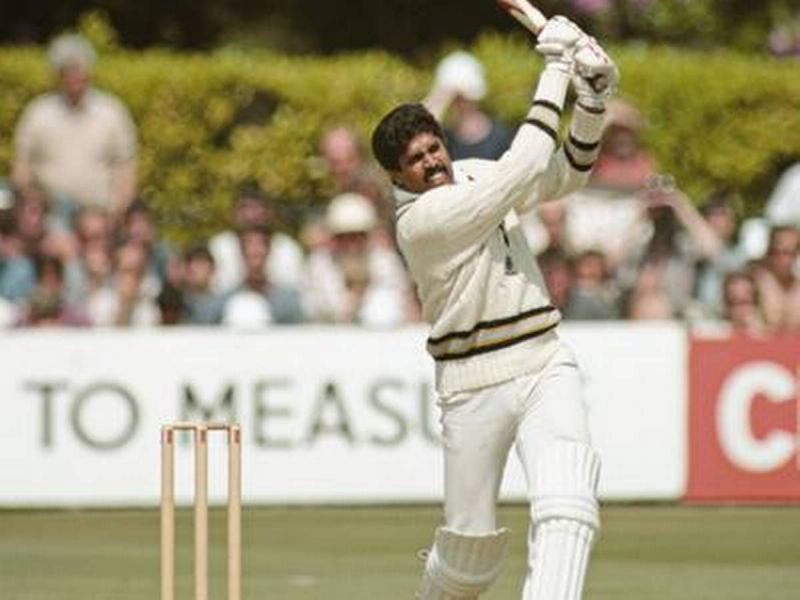
Kapil Dev’s historic 175* against Zimbabwe in the 1983 World Cup is still considered one of the best ODI knocks ever played by an Indian batsman. The skipper led from the front after his side had collapsed to 17/5, and went on to play a majestic knock that fully displayed his vast potential with the bat.
The all-rounder’s epic innings included 16 fours and six sixes, but Syed Kirmani hit just two fours in his 56-ball 24. The wicket-keeper was the ideal foil to Dev, who was hammering the ball to all parts of the park.
India eventually managed to get to a decent score of 266 runs from 60 overs, which proved enough in the end as Zimbabwe were bowled out for 235.
The unbeaten 126-run partnership proved crucial for India in the overall context of the World Cup, as it instilled a sense of fearlessness in the unit. Believing that they could win from any situation, the side entered the business end of the competition high on confidence.
The Kapil Dev-led side caused a major upset as they defeated the mighty West Indies in the final to lift the country's maiden World Cup.
10th wicket - 64 runs (Harbhajan Singh - Lakshmipathy Balaji) vs England, The Oval 2004
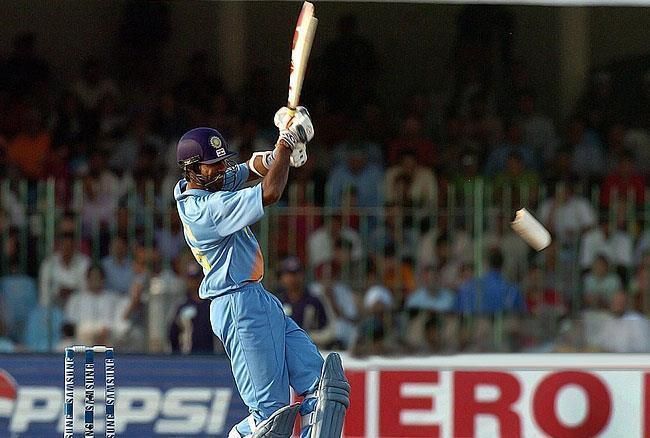
In September 2004, Harbhajan Singh and Lakshmipathy Balaji joined forces to bring about India's highest-ever last wicket partnership in ODI cricket.
India were all but guaranteed to lose the match at 173/9 in their chase of 308. However, a couple of lusty blows from Harbhajan and some resistance from Balaji helped delay the inevitable.
There were troubles right from the start for India, as they lost their first two wickets for just 10 runs on the board. The middle order batsmen got starts, but failed to convert them into anything substantial.
Mohammad Kaif (51) and VVS Laxman (33) both looked steady, but were dismissed just as they started to step on the gas.
After Ajit Agarkar (22) was removed in the 37th over the writing was on the wall, but Harbhajan and Balaji were in no mood to throw in the towel. The duo rotated the strike and picked the gaps to bring up a 64-run stand, before Balaji was castled by Flintoff for a 30-ball 18.
Harbhajan remained unbeaten on a 39-ball 41 with five fours and a six. Unfortunately for India, they fell way short of the target and England picked up a comfortable 70-run win.